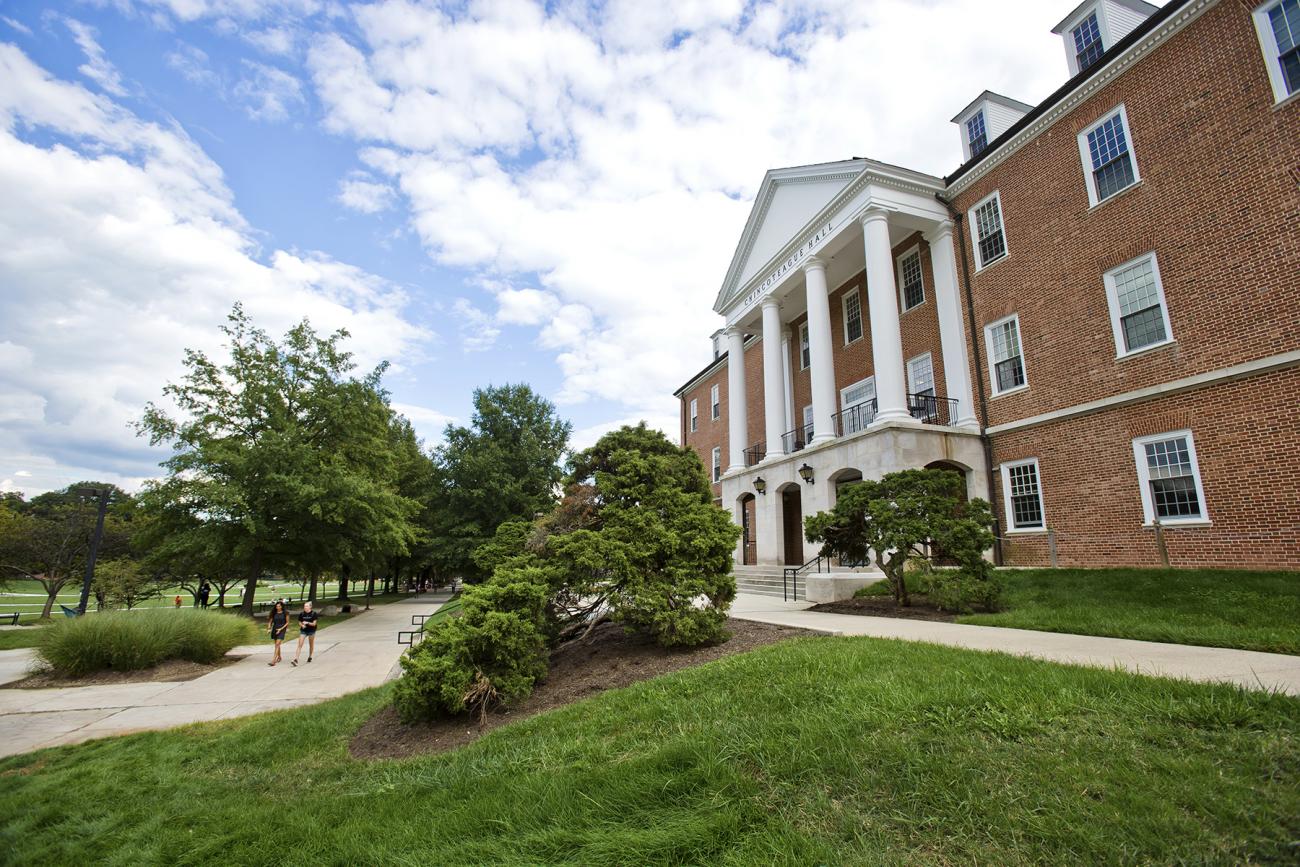A new Political Behavior study on women in politics, by women who study it, has established a connection between the number of female candidates who run for office and the number of people who show up to vote—at least under certain circumstances.
Georgetown University’s Michele L. Swers, plus University of Maryland Department of Government and Politics professor Stella Rouse, Ph.D. candidate SoRelle Wyckoff Gaynor, and recent Ph.D. graduate Alauna Safarpour specifically found that in a gendered political environment, female candidates brought more men and women out to the polls.
“This research shows that female candidates can mobilize voters—including those less likely to vote, like young people—but that this mobilizing effect is dependent on political context,” said Rouse, noting that the confirmation of Supreme Court Justice Brett Kavanaugh and the Women's March were front and center during the 2018 election cycle. “We found that during a non-gendered electoral context, the 2014 midterms, female candidates did not have a mobilizing effect.”
To demonstrate this outcome, the researchers used voter file data to ensure that their results weren’t “affected by overreporting of voting, which is often the case with surveys,” and studied the 2014 and 2018 general and primary elections in Pennsylvania and Washington, as both states had multiple female candidates run in both years.
In their analyses, the researchers found that both states saw an increase in general election voter turnout from 2014 to 2018: Pennsylvania by 3.7% and Washington by 1.7%. In Pennsylvania’s 2018 primary election, there was a 0.6% increase in Democratic voter turnout—those eligible to vote in the closed primary. In Washington’s 2018 primary, female candidates increased voter turnout by slightly over 1%.
“It's hard to predict voter turnout,” said Rouse. “However, if recent trends follow, the 2022 midterm election should continue to see increased voter turnout. This will also likely be true for the 2024 presidential election, as there is no real change in the electoral environment and the issues that matter to voters will be front and center.”
Indeed, although corruption, poverty, and crime and insecurity are the American public’s top issues—according to the latest Critical Issues Poll by the Anwar Sadat Chair for Peace and Development and the Center for Democracy and Civic Engagement (CDCE)—it remains to be seen what else might be contributing to the female-candidate turnout increases researchers have observed.
“Next steps for this type of research is to explore what motivates voters to vote in elections with a high number of women running, in a gendered electoral context,” said Rouse, CDCE director. “This will require survey experiments and more qualitative data, and cannot be captured by using voter files.”
Article originally posted on the BSOS website. Image courtesy of Jenny on the Moon via iStock.



